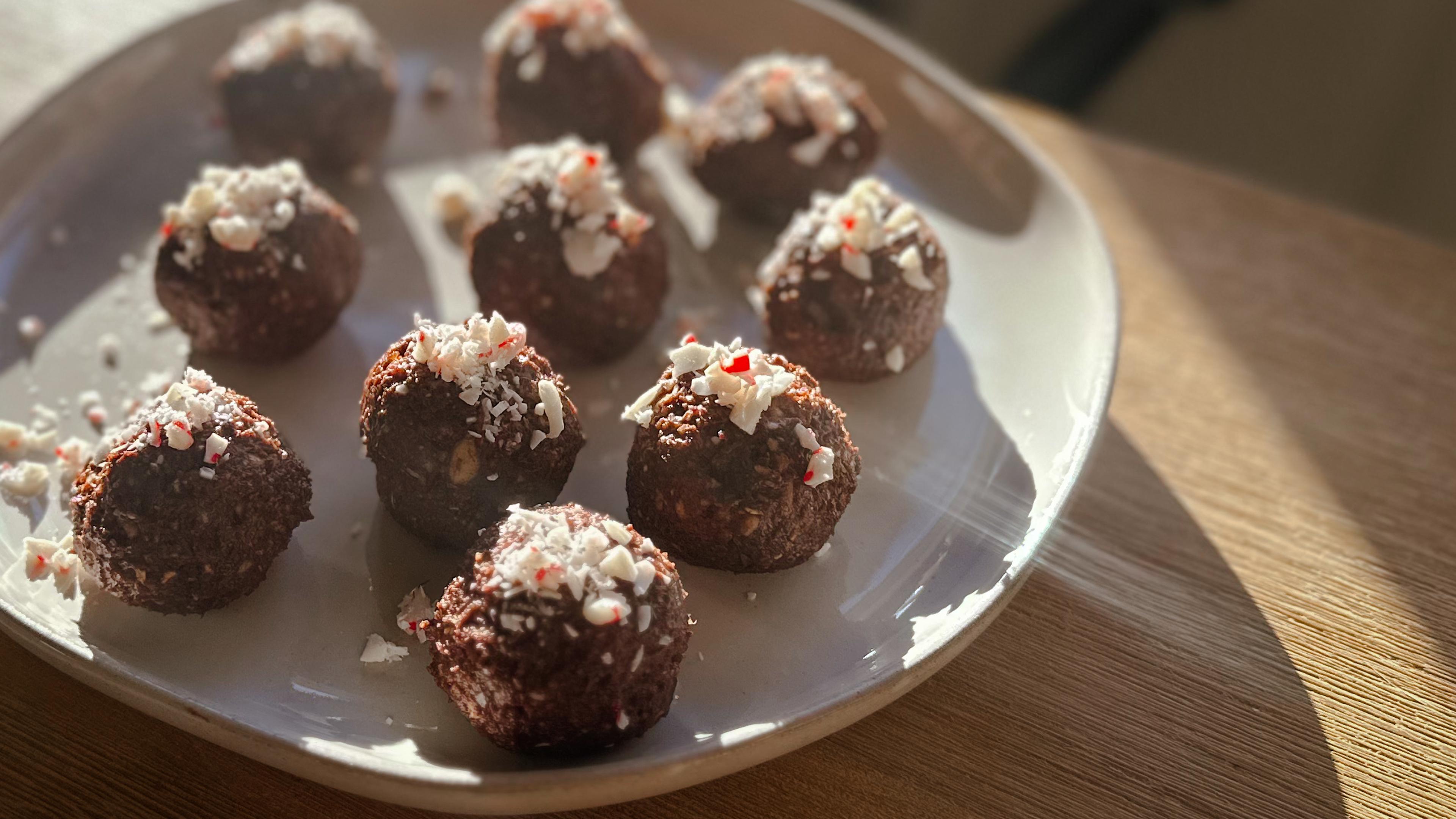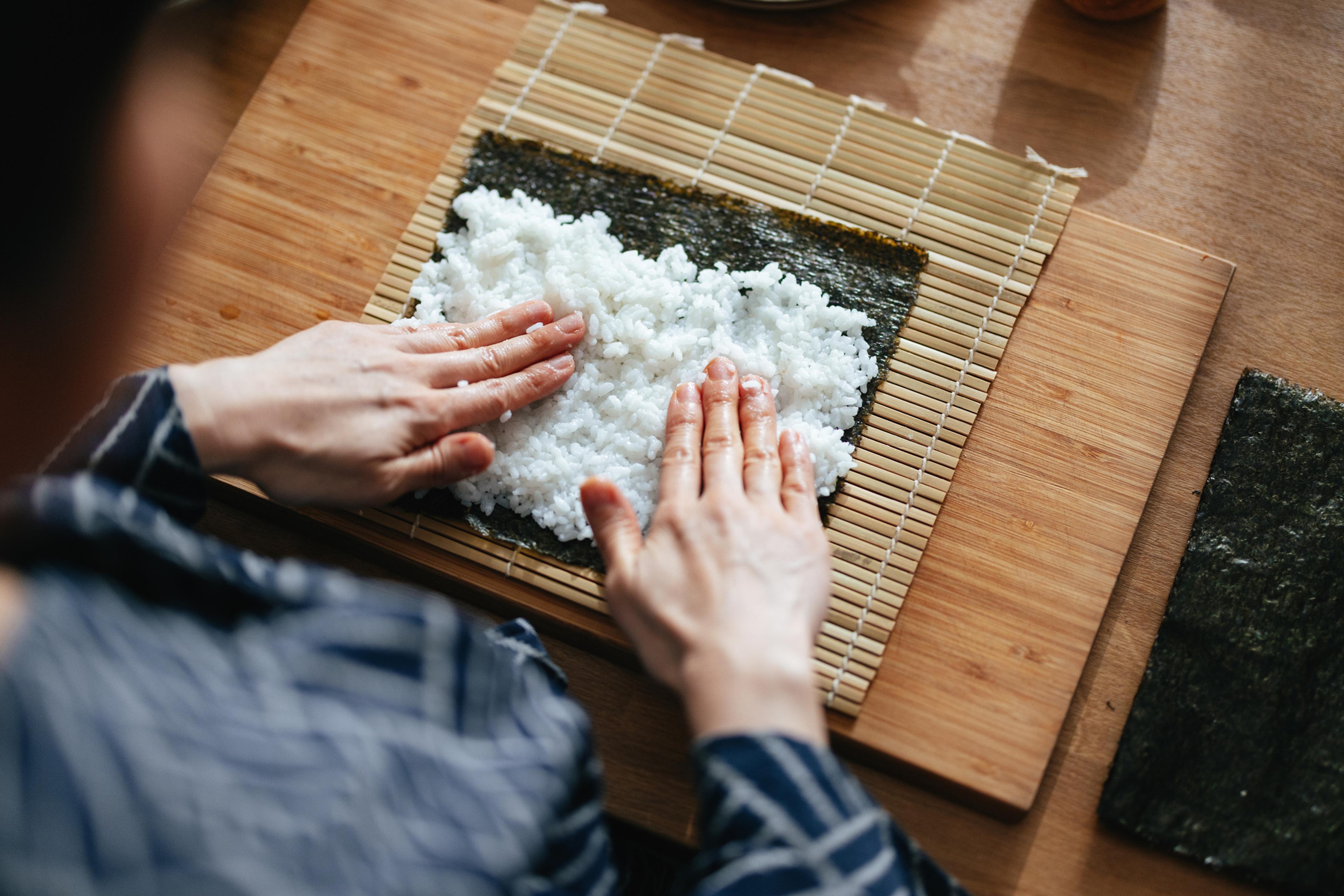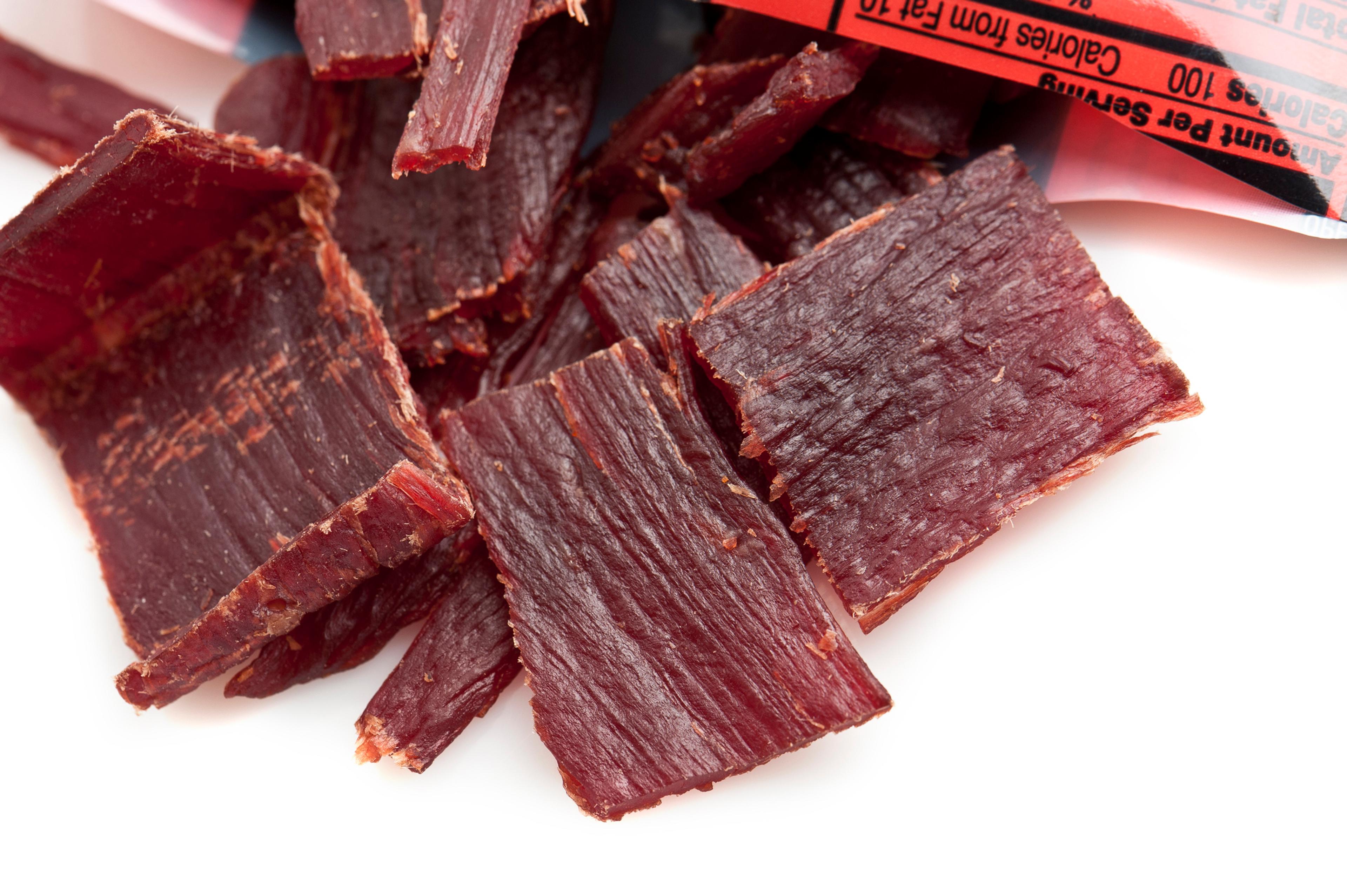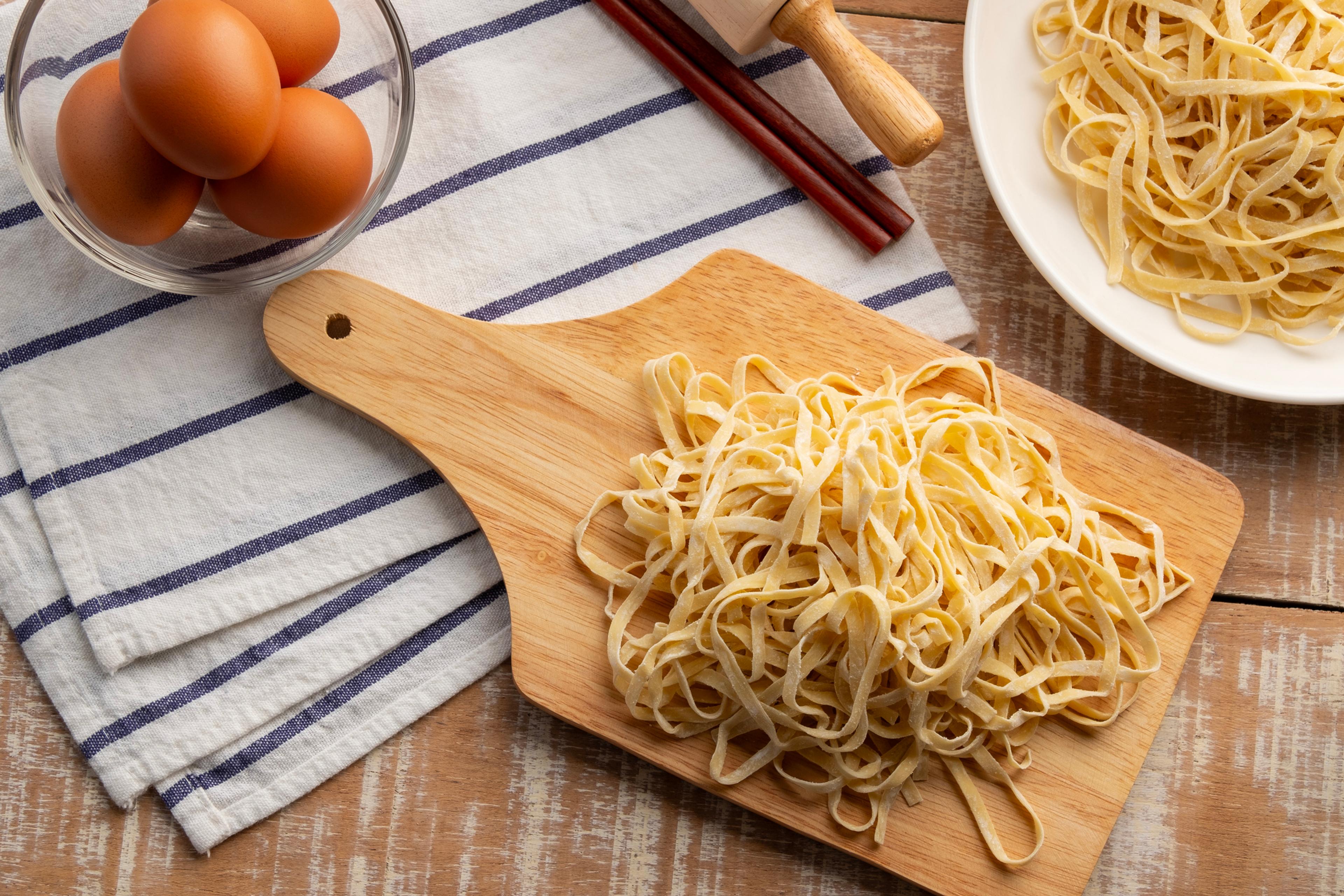Isabella Cannon is a former Corporate Communications intern for Blue Cross Blue Shield of Michigan.
How to Cook Wild Rice


Medically reviewed by Shanthi Appelo, MS, RD
How to Cook Wild Rice on a Stovetop
Serving Amount
Ingredients
1 cup wild rice
4 cups water or broth
Instructions
Step 1
Pour 1 cup of wild rice into a fine mesh colander or stainer. Hold the strainer under cold running water and stir the rice with your hand until the water runs clear. This may take several minutes.
Step 2
There are two types of wild rice, long grain and short grain. For long grain wild rice, cook at a ratio of 1 cup of rice to 4 cups of water. Short grain or broken wild rice has a ratio of 1 cup of rice to 4 1/2 cups of water. Add your rinsed rice and water or broth to a medium saucepan and bring to a boil. Follow the 4:1 water-to-rice ratio for cooking on the stovetop.
Step 3
After the water is boiling, lower the heat to low and cover the pot. Wild rice is a tough seed that absorbs water slowly. Cook time for wild rice is 45 to 60 minutes.
Step 4
Let simmer for at least 45 minutes, stirring occasionally. Then, check to see if the wild rice is cooked. It should be chewy and some of the grains will have split open. It may need an additional 10 to 15 minutes but keep checking the rice and stop cooking when the grains are tender.
Step 5
When the rice is done, turn off the heat and pour it into a strainer to drain off any remaining liquid. Let the wild rice sit for 5 to 10 minutes and fluff with a fork before serving.
How to Cook Wild Rice in a Rice Cooker
Serving Amount
Ingredients
1 cup wild rice
2 cups water or broth
Instructions
Step 1
Pour 1 cup of wild rice into a fine mesh colander or stainer. Hold the strainer under cold running water and stir the rice with your hand until the water runs clear. This may take several minutes.
Step 2
There are two types of wild rice, long grain and short grain. For long grain wild rice, cook at a ratio of 1 cup of rice to 2 cups of water. Short grain or broken wild rice has a ratio of 1 cup of rice to 1 1/2 cups of water. Add the rinsed wild rice and the water to the inner pot of the rice cooker.
Step 3
Close the lid and select the “rice” setting on your rice cooker. Let it cook until the cycle is complete. It should take about 20 to 45 minutes.
Step 4
Once the cooking cycle is complete, let the wild rice rest in the rice cooker for 10 to 15 minutes. Release the steam and be cautious of superheated steam that may escape around the lid or valve. Never open the lid while the pressure is still high inside as this can cause severe burns. When you’re ready to open the lid, wait until the pressure has been released and then proceed with caution.
Step 5
Using a fork, gently fluff the wild rice to separate the grains and prevent clumping. Season, serve and enjoy.










